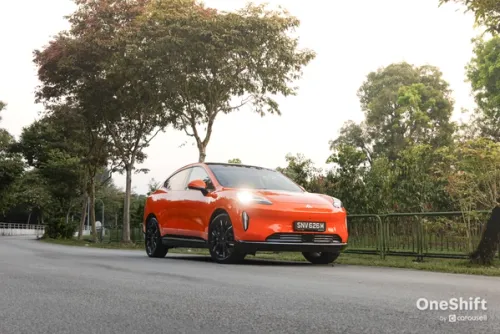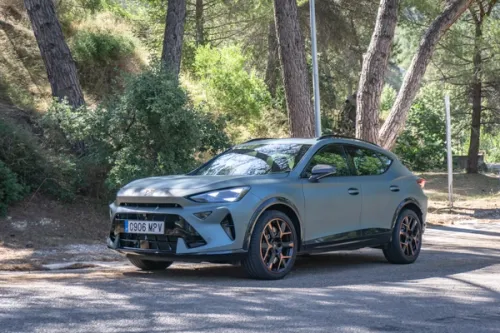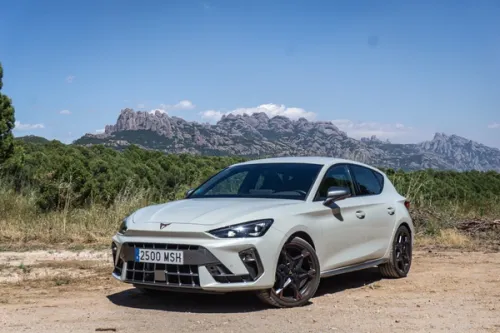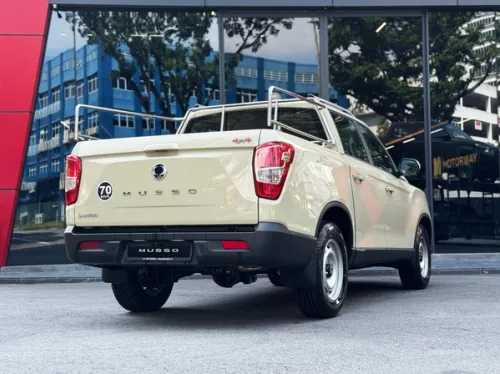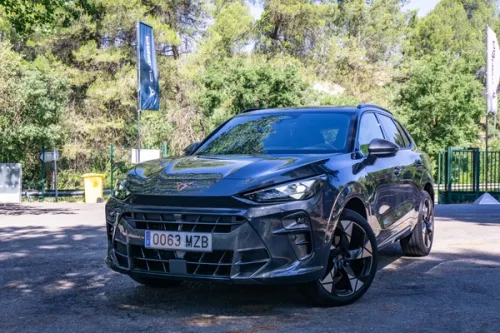Mind over heart
Are you mentally prepared when shopping for a new car? Sure? You might want to read this first before heading out to the nearest showroom...

With so many choices and promotions going on in the market, plus different views and opinions from friends and relatives, it is common for buyers to veer off the path. If you find that your mind is clogged with too many choices and opinions such that you can't decide what you want, just stop there.
Revisit your initial needs and wants, and importantly, the budget that was originally set. Look for an expert if possible, for an independent, non-bias opinion.
At the same time, stop visiting the showrooms as your decision will be easily swayed with a clustered and unsure mind. You won't want to end up making the wrong decision, right?

Car prices stated on the price list consists of Open Market Value (OMV), taxes, Certificate of Entitlement (COE) and profit margins for the dealers.
The OMV is assessed and determined by the Customs and Excise Department based on the purchase price submitted by importers, freight, insurance and other charges incurred during the sale and delivery of the car from the country of origin to Singapore.
Taxes like GST, Import Duty and ARF are then paid according to its tax bracket base on the OMV. Car dealers then price their cars based on cost after taxes, operating, marketing and inventory costs, COE premiums, margins and market forces.
COE premium is a substantial part of the overall car cost, and its movement does have a significant effect on the car price. Due to the nature of the COE system, dealers will price their cars using a "forward pricing" method - meaning they'll put up a price tag that's based on a predicted COE premium.
Depending on the COE's movement, this should explain why there are top ups or reduction in price even after the deal has been closed. It is common to see buyers swarming the showrooms whenever there is a drop in COE premium.
With hopes of getting a good deal, they will only realize that the "good deal" isn't that good after all.
This is because a drop in price immediately after the drop in COE premium may trigger an increase in orders, resulting in a COE premium surge at the next round. As such, dealers will have to buffer the next increase in COE premium into the selling price - which is why when COE premiums drop by, say, $5,000, dealers do not move down their prices in tandem.
Dealers will bid the COE based on their set target and costing. So if the COE premium heads north all the way, dealers may not be able to secure the COE for the buyers based on the initial low selling price. The thought of "not wanting to wait too long" for the delivery of the car may trigger buyers to pay a higher than expected price by topping up more cash just to secure the COE.
it is pointless to swarm to the showroom after a drop in COE premium. The right thing to do is to proceed with the purchase when the price is within your set budget.
After all, having the right mindset will help make the decision making process a lot easier and the chances of making impulsive or wrong decisions are hence lesser.
Credits: Story by Steven Lim, pictures courtesy of Oneshift.com archive
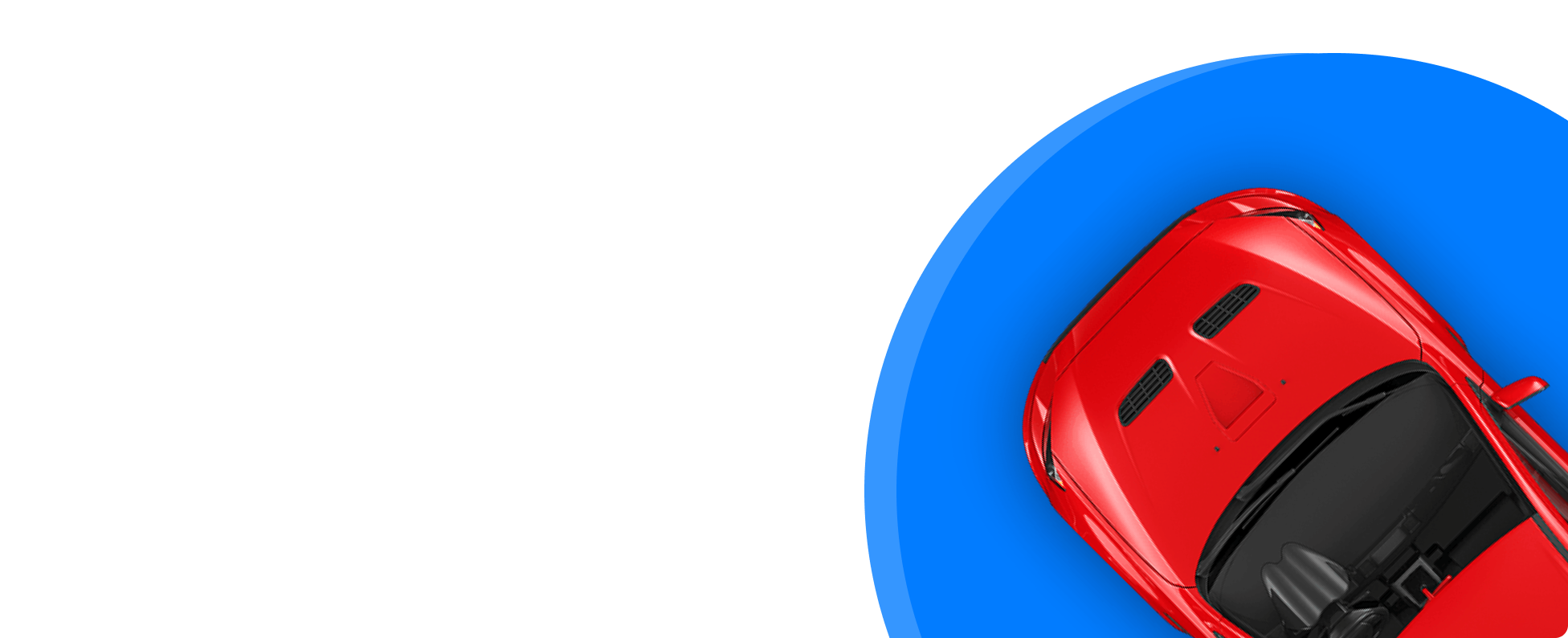
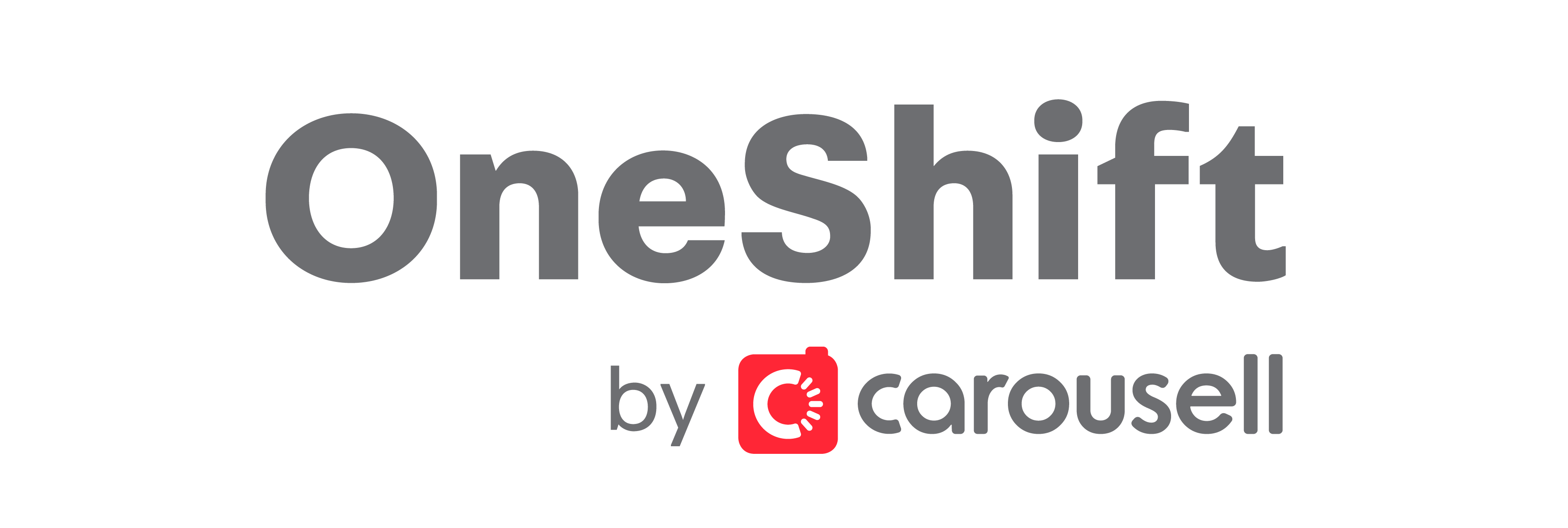
Get the Best Price for your used car
from 500+ dealers in 24 hours
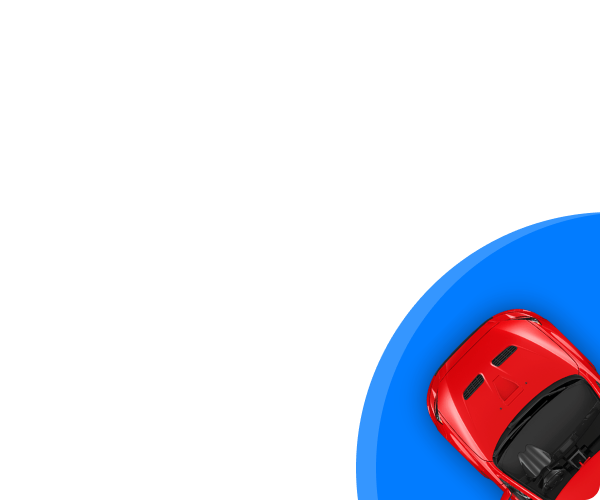
- Convenient and Hassle-Free
- Consumer Protection
Transparent Process
With No Obligation

